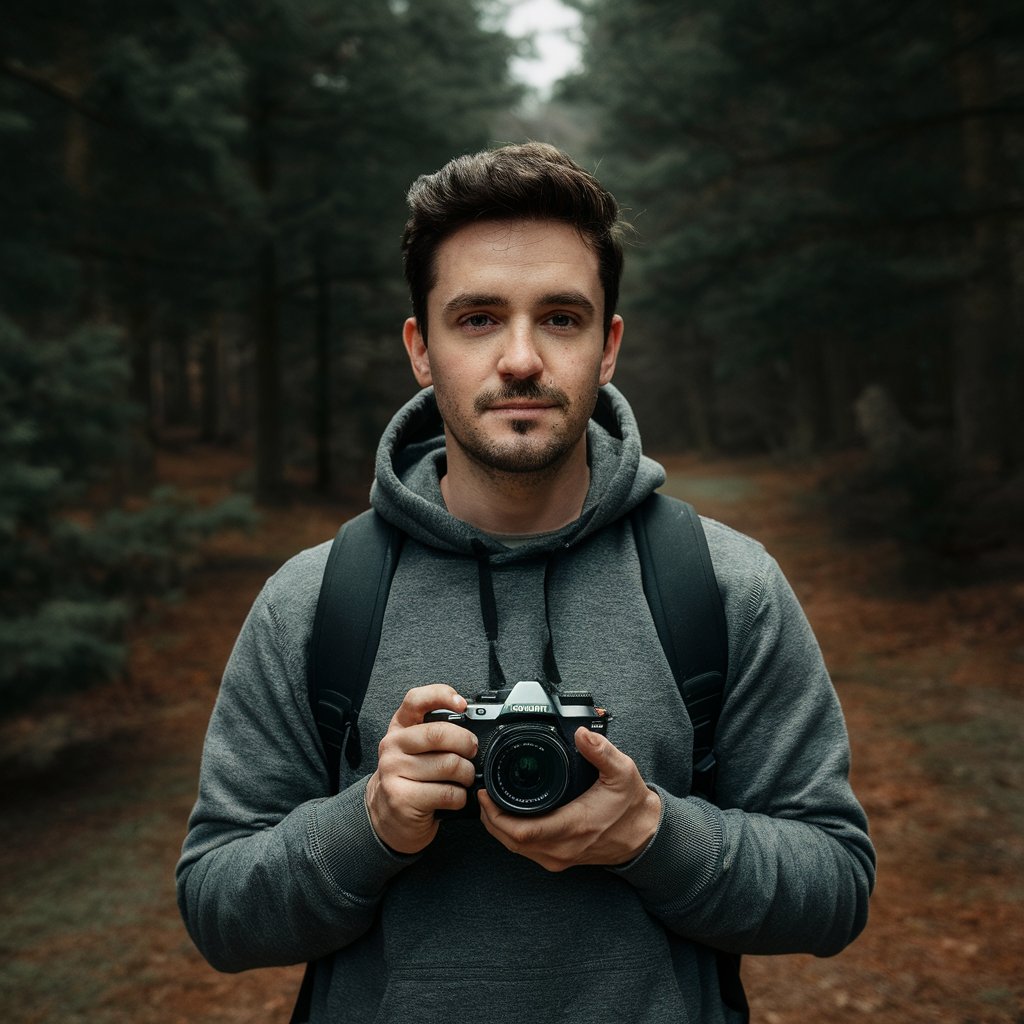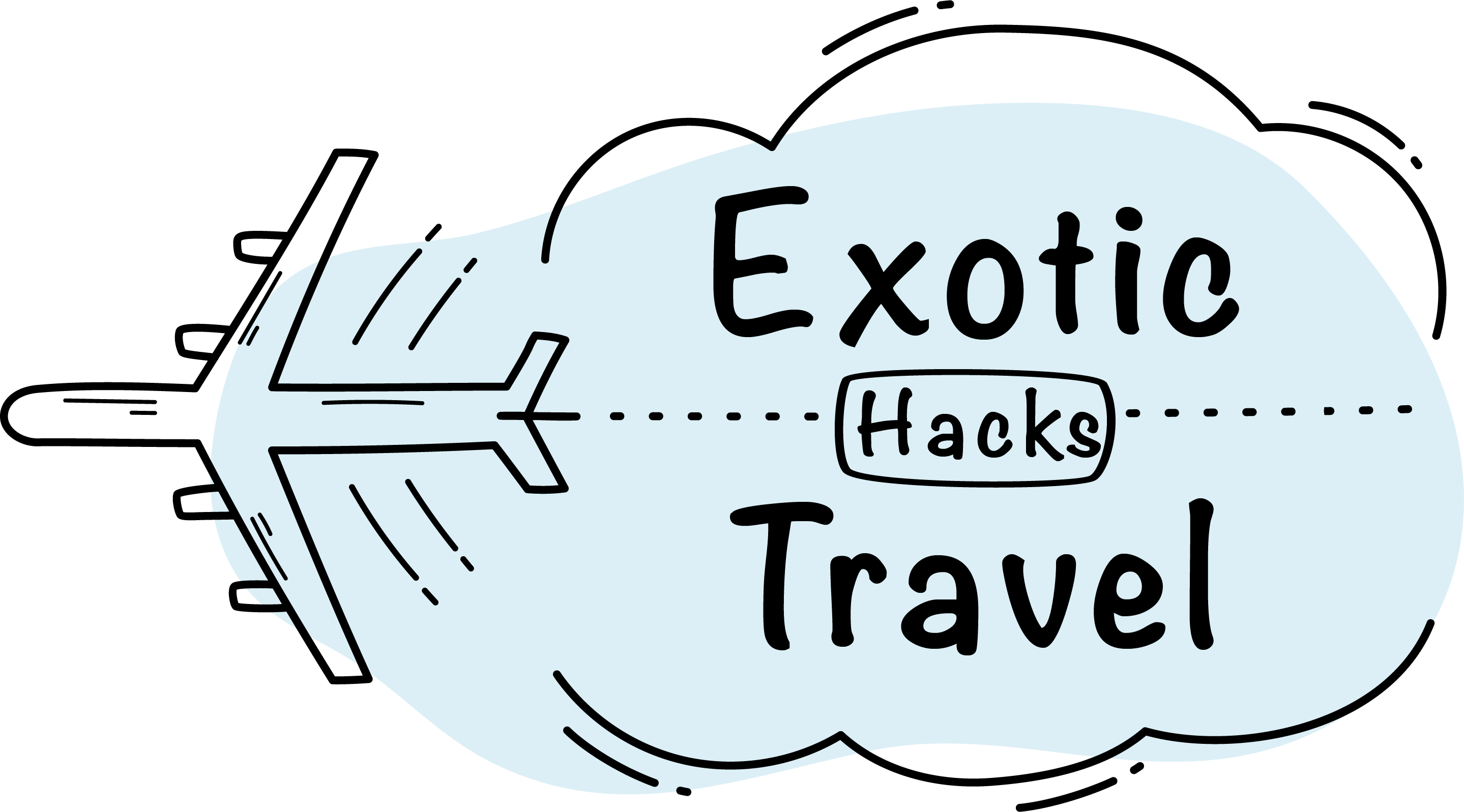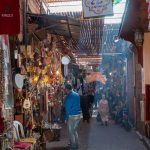Table of Contents
After years of rushing through destinations, ticking off tourist sites, and realizing I’d seen everything but experienced nothing, I discovered the art of slow travel. Here’s how to truly immerse yourself in local culture, based on experiences across 30 countries where I finally learned to slow down.
The One-Month Minimum
The first revolutionary change? Staying at least a month in each place. It sounds extreme until you try it. That’s when a destination transforms from a collection of tourist sites into a living, breathing community. In Kyoto, my first two weeks were spent like any tourist. It was only in week three that I started discovering hidden gems – the local farmers’ market that became my Saturday morning ritual, the tiny coffee shop where the owner taught me about Japanese tea ceremonies, and the neighborhood shrine where locals gathered for evening walks.
The key is pushing through the tourist phase. Week one is about orientation, week two is about comfort, but weeks three and four? That’s when you start living like a local. You’ll find yourself recognizing faces, getting regular greetings from shopkeepers, and understanding the neighborhood’s daily rhythms.
The Accommodation Strategy
Forget hotels in tourist districts. Rent an apartment in a residential neighborhood, preferably from a local host who lives nearby. Your neighbors become your cultural guides, local shops become your suppliers, and daily life becomes your teacher. In Barcelona, living in the local neighborhood of Gràcia taught me more about Catalan culture than any guidebook ever could.
Look for places with minimal amenities by Western standards. Having to visit the local laundromat, buy fresh produce daily (because your small fridge won’t hold much), and adapt to local appliances forces cultural immersion. These “inconveniences” become your gateway to authentic experiences.
The Morning Integration
Establish a morning routine that puts you in contact with locals before tourism hours begin. Find a local café, join a neighborhood gym, or simply sit in the same park every morning. In Vietnam, my daily 6 AM phở ritual at a street-side stall led to friendships that opened doors to family celebrations and local festivals I’d never have known about otherwise.
Watch how locals start their days. In Bangkok, I discovered that my neighborhood came alive at 5 AM with tai chi groups in the park, market vendors setting up, and monks collecting alms. These early hours revealed a side of the city most tourists never see.
The Language Commitment
Even basic language skills change everything. Commit to learning five new phrases every day, but make them practical ones. Don’t waste time on tourist phrases – learn how to discuss the weather with neighbors, order specific food modifications, and handle basic emergencies. Create situation-specific vocabulary lists based on your daily routines.
In Mexico, I focused on learning phrases related to my morning market visits. Within weeks, I could discuss varieties of chiles with vendors, understand cooking recommendations, and even participate in neighborhood gossip. This targeted approach to language learning yielded better results than months of formal study.
The Local Connection Build
Real cultural immersion happens through people. Join local Facebook groups, attend community events, and find meetups. But go beyond the expat circles – look for hobby-based groups where you’ll meet locals who share your interests. In Japan, joining a local photography club led to weekend adventures exploring hidden shrines and learning about traditional festivals from passionate locals.
Creating genuine connections requires patience and cultural awareness. In many Asian countries, friendship-building follows different patterns than in the West. I learned to accept that initial interactions might feel formal or distant, understanding that trust and closeness develop gradually.
The Food Exploration Journey
Move beyond restaurant meals and tourist cooking classes. Build relationships with local market vendors, learn about seasonal ingredients, and understand how daily meals work in homes. In Bangkok, I discovered that most locals don’t cook elaborate Thai curries daily – understanding real local eating habits transformed my perspective.
Learn the market hours, understand when fresh deliveries arrive, and observe what locals buy at different times. In Sicily, I learned that shopping for fish follows strict unwritten rules about timing and selection that no guidebook mentioned.
The Daily Life Integration
Run errands like a local. Find the neighborhood laundromat, get a library card, and frequent local repair shops. These mundane tasks become cultural learning experiences. In Seoul, my regular visits to the local hardware store evolved into impromptu Korean lessons and invitations to neighborhood gatherings.
Understanding local services changes everything. Learning how to use the local dry cleaner, finding a trustworthy bike repair shop, or figuring out how to pay utilities – these challenges force you to engage with the community in meaningful ways.
The Digital Detox
Limit time spent planning online. Put down the phone. Sit in local parks, observe daily life, and engage with your surroundings. In Hanoi’s Old Quarter, I learned more about local life from one afternoon of people-watching than from all my pre-trip research combined.
Create phone-free windows in your day. Use these times to observe how locals interact, how public spaces function, and how daily life unfolds. Some of my most insightful moments came from simply being present without digital distractions.
The Cultural Calendar
Track local celebrations beyond the major festivals. Every neighborhood has its calendar of events – school festivals, temple celebrations, seasonal markets. In Kyoto, I discovered that my local shrine hosted monthly flea markets where community members gathered to socialize and trade goods.
Pay attention to seasonal changes and how they affect local life. Understanding why certain foods appear at specific times, why people gather in different places throughout the year, and how weather patterns influence daily routines deepen your cultural understanding.
Making It Work
Slow travel isn’t about seeing less – it’s about experiencing more deeply. Trade quantity for quality. Let go of FOMO. Remember that culture isn’t found in tourist attractions but in the quiet moments of daily life. The most meaningful experiences often come from simply being present in a place long enough to understand its rhythms.
Start by choosing one destination and committing to knowing it. Better to truly understand one neighborhood than to superficially see an entire country. Ready to slow down and discover what it really means to experience a place?

I’m Garrett, a seasoned photojournalist with a passion for uncovering the world’s hidden treasures. My journey is fueled by a deep curiosity for diverse cultures and breathtaking landscapes. When I’m not behind the lens capturing the world’s wonders, you can find me exploring underwater realms or sharing my passion for discovery with my two adventurous children.




